What does a mindfulness practice look like during a global pandemic? Brother Phap Huu explains why stopping can be hard and unexpected emotions can surface when we are forced to stay still. He offers insight into how we can respond to our fears as we navigate between lockdown and returning to everyday life. Also, he provides guidance on what to do with the energy of fear expressed as racism and discrimination.
Being still is not easy
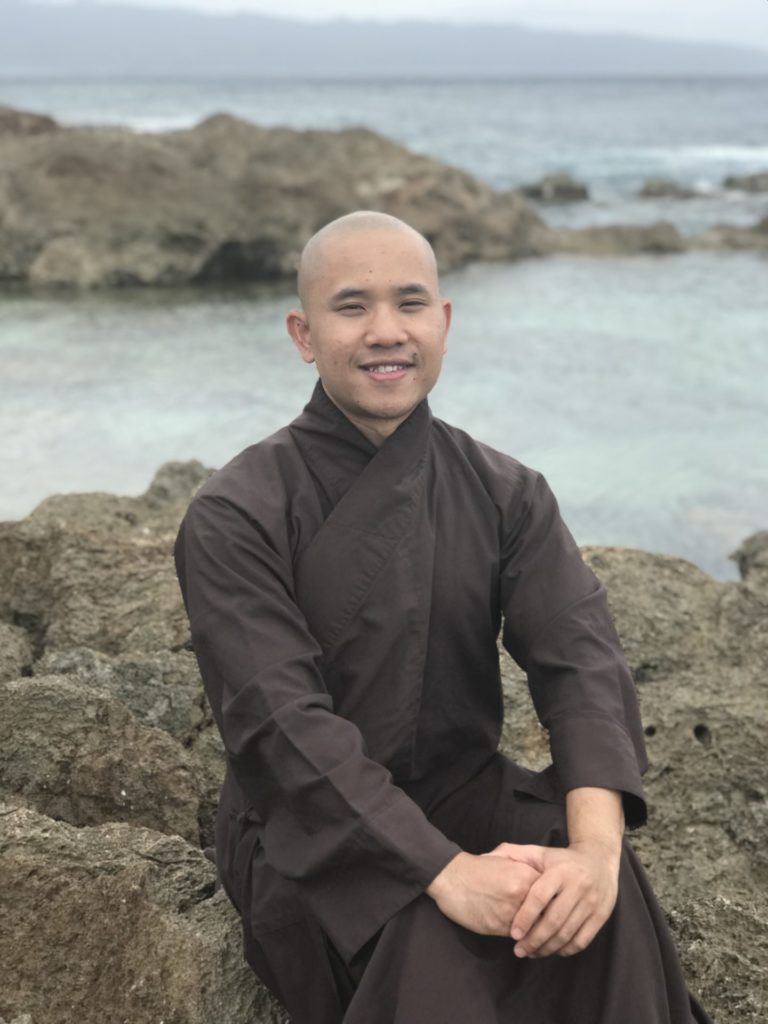
We are being asked not to move around, to stay put, and to stay home. These instructions seem quite simple. We’re not being asked to join a battle ground, to fight something, but we’re just being asked to stay put, to stay home. But after a few months, I think all of us have finally recognized that staying still is not as easy as we think it is. We’ve probably all had moments when we wanted to just rebel and just go out and scream, to do something so that we could feel normal again or we feel more in control. So we can see that being asked to stay still and to stay put is not as simple as we think.
Moreover, staying still is so needed at this time. It is essential because it is one of the best ways to contribute to the well-being of the whole global collective during the pandemic. One thing that will happen throughout this is that we will come in touch with more of the energies that are deep inside of us.
When you are still, we reflect more. Things begin to come up from the past, from our ancestral heritage, or from society. During this time, we may have feelings or experiences that show up emotionally or through a dream. We might not understand where the feelings are coming from.
For instance, in Plum Village, we have also been on lockdown. We have stayed in our own monasteries, but we keep a regular schedule to maintain our energy of practice and continue our rhythm of service. However, I have started to recognize fears and different emotions manifesting that were not here last year or a few months ago. Suddenly, I am thinking, wow, where are these emotions coming from? Where are these feelings coming from? And as I look at them and try to understand, I see that these are feelings and energies would have been cared for while interacting with friends or going outside for retreats. Suddenly, we are in lockdown, and these emotions start to manifest in a different way. So for me, in the beginning, I also had fear of things that I was not aware of, some things that just manifested. But the more you recognize and understand the feelings, the more you can embrace and accept them. Then it is possible to find a different way to channel the energy.
How we channel our energy during this time becomes something that we can put pay attention to. Our intentions are very important. If when we come out of lockdown, the first thing we channel is fear, then our whole moment is fear. Each of us has well-being inside and the capacity to be safe. If we keep a strong mindset, we can keep our capacity to be safe and strong, and have well being inside. We will not be afraid of what comes because we have a foundation to rely upon and build upon.
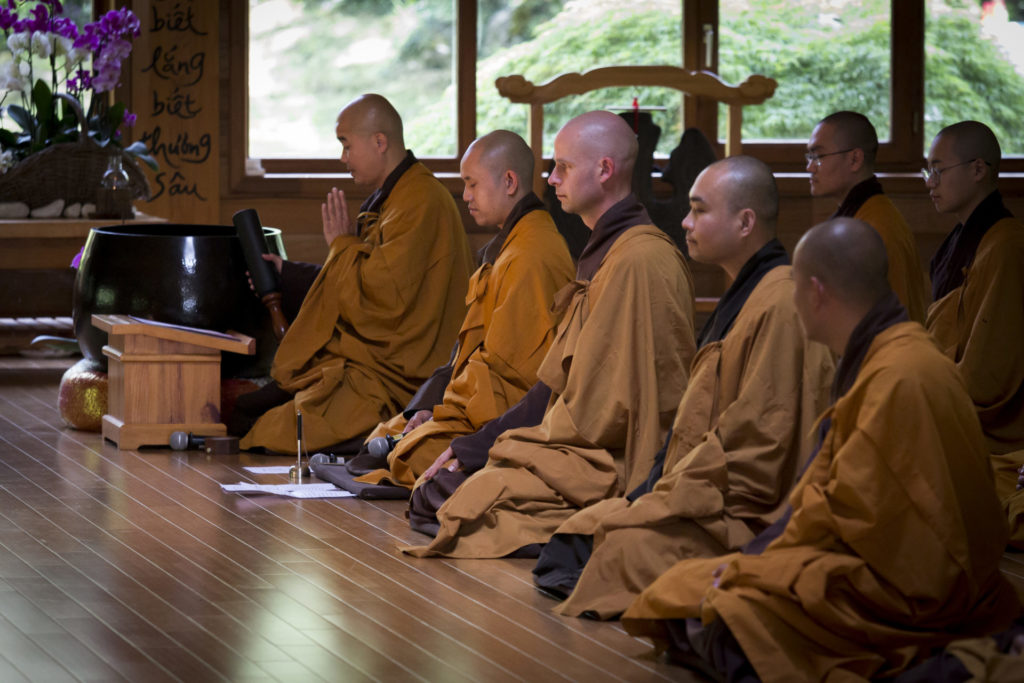
What are we consuming?
One of the practices that we offer everyone now is to be mindful of how we are feeding our minds. We can ask ourselves, “What am I consuming every day? Is that nourishing our happiness? Is that nourishing our compassion, our love? Or is it nourishing our fear, nourishing more discrimination?” Asking these questions is very important for increasing awareness. No one can do this for us. It has to come from our own practice and intentions.
In Buddhism, we speak of mind consciousness and store consciousness. Mind consciousness is what manifests in our daily life: emotions, pain, and thoughts. This consciousness is like the living room of our mind. By comparison, store consciousness is like the basement that holds all of our experiences, including the past. We call all of the potentialities in store consciousness “seeds.” If in daily life, what we come into contact with will “water” the “seeds”, which then appear in the mind consciousness.
If we are in a peaceful environment, then this experience helps to water the seed of peace or stillness. Likewise, if we are in a very busy place, this experience waters the seed of anxiety or rushing. So our environments affect our well-being. We can use the stillness of lockdown to recognize what is coming up and practice watering our seeds of peace.
Another part of the practice of mindfulness is to take control of our choices. When we can clearly see what we do, how it affects us, and how it affects others, then our choices will be more mindful. We will see that one action affects many other actions. Our well-being is the well-being of many others. Our suffering affects many others’ suffering. And with this awareness we can also have more understanding.
We need mindfulness
There will be challenges as we come out of lockdown and confinement. The best way to handle a situation where we do not have control is to be in control of ourself. Mindfulness practice helps us in learning to be mindful of ourselves. We have to be mindful of our body. We have to be mindful of our mind. For instance, we can ask ourselves: “Where are my emotions right now? What am I feeling? What is coming up when I step outside of my house?” If anything, these are the moments when we most need to take refuge in our practice.
A simple exercise that we offer in Plum Village is mindful breathing. It is simple, but powerful because when we bring our focus to our breath, we suddenly see that we are bringing our mind home to our body. When the mind is holding the body, we can really be in the present moment. Only when we are in the present moment can we really identify what is happening inside and around us.
Understanding fear
One thing we might experience is fear. The best way to take care of our fear is to understand it. First, as a mindfulness practitioner, we have to have the ability to come back to ourselves and ask the question, “If there is fear in me, where is this fear coming from?” Fear is something very real, and all of us will have to recognize and take care of it. Part of our practice is to first identify fear as it arises through mindful awareness and then recognize what the source of that fear is.
In Buddhism, we have a teaching called “interbeing,” where nothing exists by itself. Everything co-exists. Fear is the same. When we get in touch with our fear, we can ask ourselves, “Is this fear coming from within me, or is this fear coming from outside of me?” If fear is coming from outside of ourselves, then we can ask, “What is the information? Where is that source from? And how does it affect me?” The practice of meditation is to return to ourselves, the present moment, and to identify what is happening. As we practice more, we become more aware of the sources of fear and suffering. Then, according to your capacity, you can take care of it. You can handle it and you can understand it. What is proven is, when you understand something, it makes you less afraid of it.

These times are unique. There is a fear of the virus, which could still infect us or infect our loved ones. This is a reality, and we have to be aware of it. There is already clear and useful guidance on how to protect ourselves and be safe.
What feels important for me at this moment is to recognize that I am not the only one that is living in fear, many people are also living with fear. If we continue to worry and water those seeds in our minds, without right view, right looking, right awareness, we will continue to contribute to this fear and fear will also then contribute to discrimination, and could even contribute to racism. We have seen this happening in the past few months. A lot of hatred, anger, and other strong emotions are taking over, pushing people to behave in a way that they usually would not. This is all because of fear.
Facing uncertainty
For those of us who have lost our jobs or who are in a challenging situation because of this pandemic, fear will be one of our biggest challenges. It is important to sit down and identify our fears and their sources, rather than letting fear take over and disturb our whole well-being. The more we identify our fears, the more we understand it, the less we will be afraid of it, even though we might not have an answer or a solution yet. But just understanding it will allow us to take clearer action so that we don’t become a victim of that fear. After the lockdowns lift, we will need to continue to look at our fear. This includes fear of the unknown, the virus, where society is heading, and or how our society is going to stand back on its two feet.
After the lockdowns lift, we will need to continue to look at our fear. This includes fear of the unknown, the virus, where society is heading, and or how our society is going to stand back on its two feet.
Fear is an emotion, an energy, and we have many other energies inside of us. Mindfulness, stability, and clarity are also types of energy. We can nourish these in our daily lives through mindfulness practice to be ready for when fear arises. For instance, when we embrace fear and open ourselves to being present with it, we can use the energy of mindfulness to help transform fear. During times of crisis, it is especially important to take care of our energy and well-being.
How can we handle discrimination?
A friend of mine asked me what to do in the face of discrimination, ignorance, or hatred. Should he stand up and fight back, or be at peace and not do anything? This is something really real. The question really shook my core a little bit. I understand that discrimination, racism, and violence are being done a little bit here and there in society now because of fear.
The first thing I told him is, wow, I’m suffering just like you, your suffering is also my suffering. Discrimination is not an individual matter, it is a collective matter. The second thing I told him is that acting with mindfulness and compassion does not mean that we tolerate everything.
I’m suffering just like you, your suffering is also my suffering. Discrimination is not an individual matter, it is a collective matter.
Instead, mindfulness and compassion allow us to see what is right and what is wrong. If you are at a bus stop and see an act of discrimination or racism, if you have the capacity to help protect that person, to bring the victim to a safer place, then please do so. Please do it according to the capacity that you have. That is right action. That is compassionate action. Don’t let it become an incident of more violence which both parties will suffer from especially the victim. It is essential that we each act according to our individual capacities and regularly reflect on what those are. This is the right and compassionate action.
On a spiritual level, we need to care for ourselves after the incident. How do you take care of those feelings afterwards? I told him that we have to contemplate that the violence is because of ignorance that manifested, because of a view that that person had, it could be a very wrong view and therefore that person behaved that way. And if we can see beyond the action, we can have a little bit of compassion and some understanding will grow in our heart. That will allow you to take care of those emotions and not allow that incident to water more hatred, water more violence, or a lot more anger in you.
This is what we have to do as a mindfulness practitioner, especially if we are a student of Thich Nhat Hanh or have taken the 5 Mindfulness Trainings or the 14 Mindfulness Trainings or if we are a member of a Buddhist community or a spiritual community where we know that violence is not our way and nonviolence is our compass. We have to have insight in order to protect our heart, to protect our aspiration and protect our love, our peace, as well as protect the collective consciousness of society.




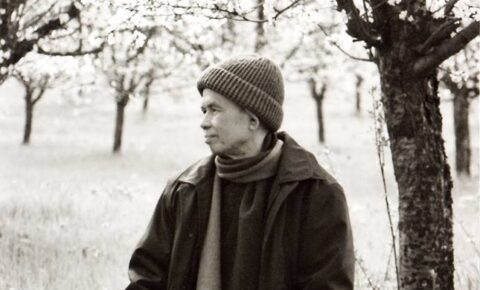
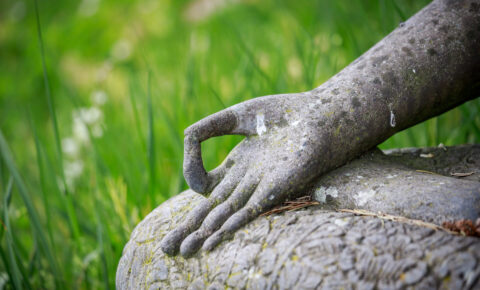
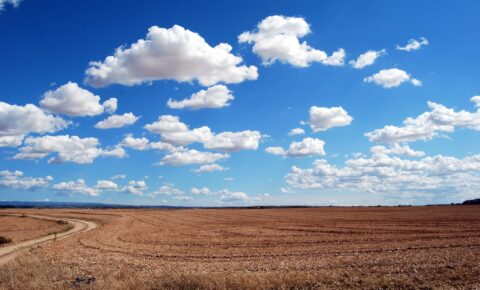

Share Your Reflections